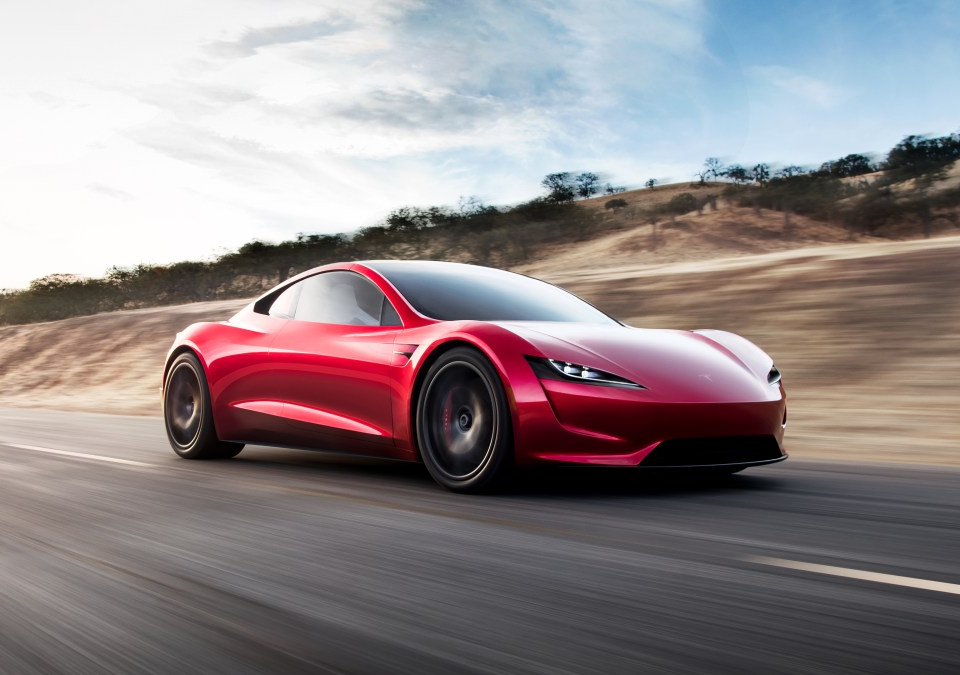
Watch Google I/O keynote live right here
May 12, 2022
RIP iPod, you walked so smartphones could run
May 12, 2022
For the better part of a decade, VC firms and growth equity funds have plowed nearly $42 billion into battery technology startups across almost 1,700 deals, according to an analysis by PitchBook and TechCrunch. What’s more, about 75% of the investments in that period happened in the last two years alone.
Venture capital firms aren’t unusual in the battery world. Five years ago, they reliably made 50 to 60 deals a quarter, which would be worth a few hundred million dollars in total. That started to change toward the end of 2020 — several quarters in the last two years have seen more than $2 billion invested, and a couple have had more than $3 billion. The number of deals has ticked up, too, nearly doubling in 2021.
But the more remarkable story has been in growth equity. In the past, private equity (PE) deals in the battery sector were sporadic. In the last year, though, they’ve blossomed, with growth equity firms sinking $13.4 billion into such areas as battery materials, manufacturers and recyclers.
PE’s presence reflects a shift in both the industry and the way investors view it. Batteries are normally considered a high-risk, high-reward investment; the sort of thing that venture capital is made for. But it’s not perfectly suited to VC, either — the R&D process for batteries can be exceptionally long, often extending beyond venture capital’s usual five- to 10-year timeline for collecting returns. And if the risks from battery startups are tough for VCs to stomach, then it’s an even harder pill for growth equity to swallow.
“Too much money” might explain the size of some of these bets, but it doesn’t explain their existence.
So what changed? There are myriad reasons why both venture capital and growth equity are diving into batteries. Let’s dig in.
For one thing, there’s a lot of money in the economy that’s waiting to be invested, and that might be pushing some funds into territory they hadn’t previously explored. Such a move might make sense for VCs, who are used to scouting and assessing risky technology-based bets, but it doesn’t for growth equity.
“Too much money” might explain the size of some of these bets, but it doesn’t explain their existence. Rather, it’s more likely that VC and PE have sensed that the world is changing, and they’re adjusting their strategies accordingly.
Governments around the world have started to set end dates on fossil fuel vehicles. Countries across Europe began announcing bans in the late 2010s. Norway will end sales of fossil fuel cars and light commercial vehicles by 2025. The Netherlands, Ireland, Sweden and Slovenia will follow suit with passenger cars in 2030, as will Denmark and the U.K. in 2035 and France in 2040.



